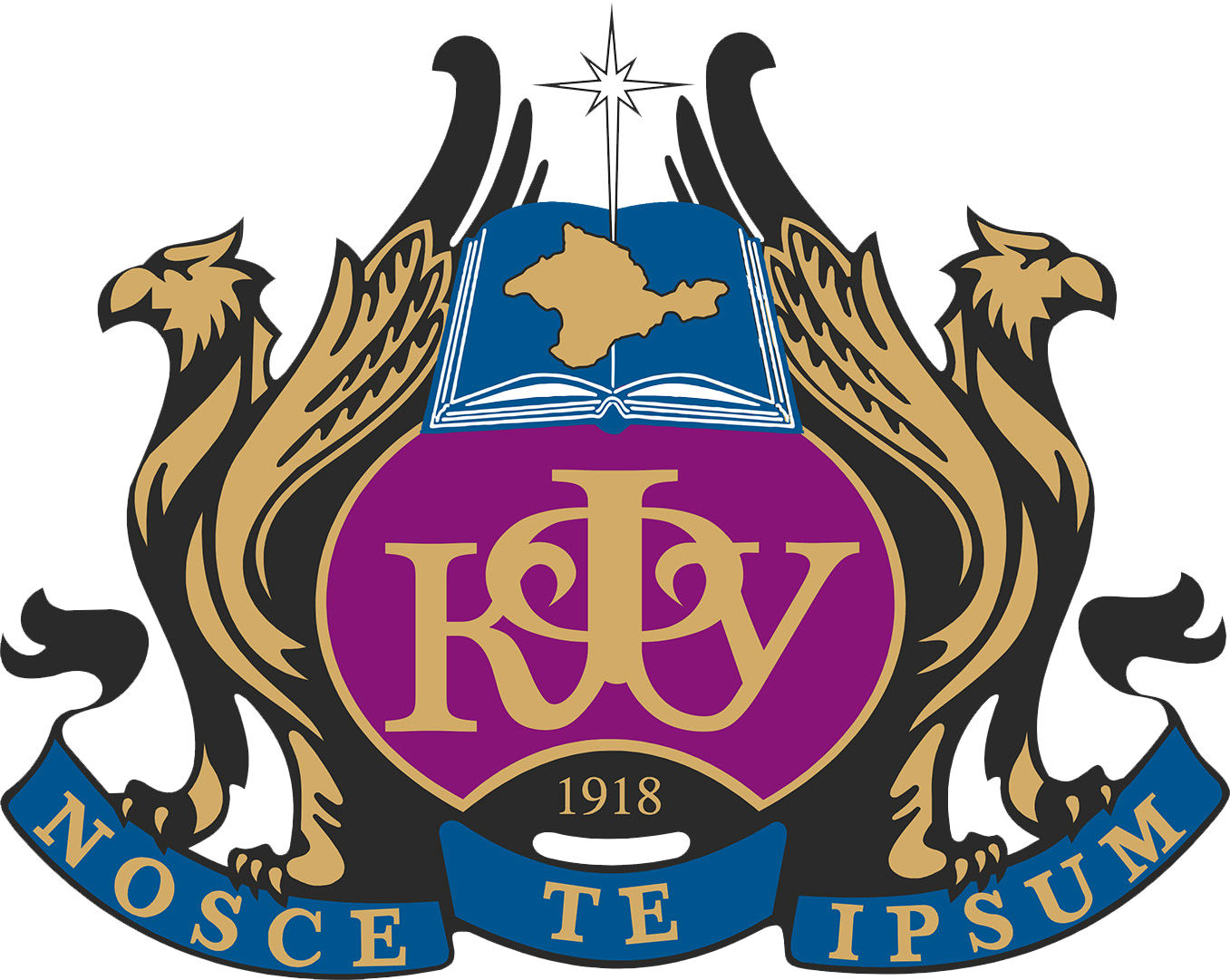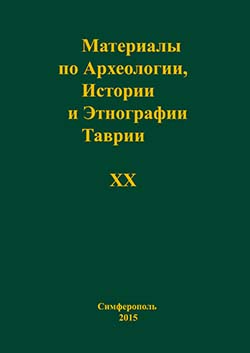The article discusses Arabic inscriptions on a figured bronze padlock, which was excavated at Chersonese, its chronology and attribution. The first inscription runs along the upper lateral plane of the front door of its body and is a nominal single-member demonstrative sentence, informing the artisan’s personal name, his father’s name (kunya), name by the birthplace (nisba), and nickname (laqab): “This is the creation of Omar (Umar), son of Abu Bakr, of ez-Zabadani, Syrian”. The other two inscriptions are a poetic wish for the future owner of the castle, apositively connected by means of a continuous personal pronoun of the 3rd person singular numbers with the subject of the first inscription. Modern ez-Zabadani is a Syrian town in the Damascus governorate, located 25 km fare from it, at the border with Lebanon. The discovery of the unique figured lock at Chersonese allows the ones to identify a dynasty of Syrian craftsmen who had the exclusive right to sign their padlocks. In the Chersonesan find, Omar was the first to use a rotary key to press out the locking springs of the lock’s shackle instead of the rod crank keys that were used to open his previous horse locks, his father’s locks in the form of unicorns with an elephant’s head instead of a croup, and the cylindrical faceted lock of Abu Bakr found in the Volga area, at the ancient town of Bilyar showing the date of its manufacture as 541 AH (13/07/1146–01/07/1147 AD). The lock of Omar, son of Abu Bakr, improved by turning the key of the locking mechanism, was designed and created by him already in Iraq, the only place where he could get the nickname Syrian. For general reasons, his move to Mosul became possible, if not forced, after the Sultan of Egypt and Damascus (Syria) Saladin, famous for his victories over the crusaders, subjugated this city in 1186 AD. The last known representative of the famous dynasty of Syrian craftsmen was Omar’s son Ahmad, who lived and worked in Mosul. He is known as an engraver who created a large bronze basin decorated with carved ornaments and figures in medallions, which from the late-nineteenth century on resides at the Louvre Museum. According to one of its inscriptions, the basin was made by Ahmad, the son of Omar, nicknamed Dakki. Another inscription, located on the low bottom, reads: “Made
Chersonese; mediaeval Cherson; Arabic inscriptions on locks; Syrian dynasty of craftsmen; figured padlock of Omar the Syrian, son of Abu Bakr; Bilyar lock of Abu Bakr, son of Ahmad; unicorn locks of Abu Bakr, son of Ahmad; horse-locks of Omar, son of Abu Bakr; Ahmad, son of Omar, Dacci; town of ez-Zabadani, Damascus governorate; Mosul
1. Baranov H.K. Arabsko-russkiy slovar'. Izd-e 6-e, stereotipnoe. M.: Russkiy yazyk, 1985. 944 s.
2. Gafurov A. Imya i istoriya. Ob imenah arabov, persov, tadzhikov i tyurkov. Slovar'. M.: Nauka, Glav. red. vostochnoy literatury, 1987. 224 s.
3. Grande B.M. Kurs arabskoy grammatiki v sravnitel'no-istoricheskom osveschenii. Izd-e 2-e. M.: Izdatel'skaya firma «Vostochnaya literatura» RAN, 2001. 592 c.
4. Gusterin P.V. Goroda Arabskogo Vostoka. (Enciklopedicheskiy spravochnik). M.: Vostok– Zapad, 2007. 352 s.
5. Zhuravlev D.V. Kollekcii iz Hersonesa v sobranii Gosudarstvennogo istoricheskogo muzeya // VDI. 1997. № 3. S. 194–207.
6. Katanov N.F. Ob odnom metallicheskom zerkale // Izvestiya Obschestva arheologii, istorii i etnografii pri Kazanskom Imperatorskom universitete. 1896. T. 13. Vyp. 6. S. 565.
7. Katanov N.F. Opisanie odnogo metallicheskogo zerkala s arabskoyu nadpis'yu, prinadlezhaschego Publichnomu muzeyu gor. Minusinska Eniseyskoy gubernii, i neskol'ko slov o metallicheskih
8. Katanov N., Aynalov D. Vostochnye metallicheskie zerkala iz Har'kovskoy i Ekaterinoslavskoy guberniy. Har'kov, 1902. S. 1–6; 6 tabl. (Otd. ott. iz Zapisok Imperatorskogo Har'kovskogo
9. Malov S.E. Zamuk iz Bilyarska s arabskoy nadpis'yu // Zapiski Kollegii Vostokovedov pri Aziatskom muzee Akademii Nauk SSSR. T. II / Red. V.V. Bartol'd. L.: Izd-vo AN SSSR, 1927. S. 155–162.
10. Pyatysheva N.V. Raskopki Gosudarstvennogo istoricheskogo muzeya v Hersonese // Ekspedicii Gosudarstvennogo istoricheskogo muzeya: doklady na sessii Uchenogo Soveta GIM, 5–7 fevralya 1969 g. M.,
11. Rabinovic A., Sedikova L.V., Henneberg R. Povsednevnaya zhizn' provincial'nogo goroda v pozdnevizantiyskiy period: mezhdisciplinarnye issledovaniya v Yuzhnom rayone Hersonesa // MAIET.
12. Sedikova L.V. Keramicheskiy kompleks XIII v. iz sloya razrusheniya usadeb 2 i 3 v kvartale L Hersonesskogo gorodischa // MAIET. 2018. Vyp. XXIII. C. 402–458.
13. Migeon G. Exposition des arts musulmans au Musye des arts dycoratifs. Paris: Librairie Centrale des Beaux-Arts, 1903. 100 p.
14. Migeon G. Manuel d’art musulman. Arts plastiques et industriels T. II. Orfivrerie – cuivres – cristaux de roche – verrerie – cyramique – tissus – tapis. Deuxiime edition. Paris: Yd. A. Picard, 1927. 476 p.





